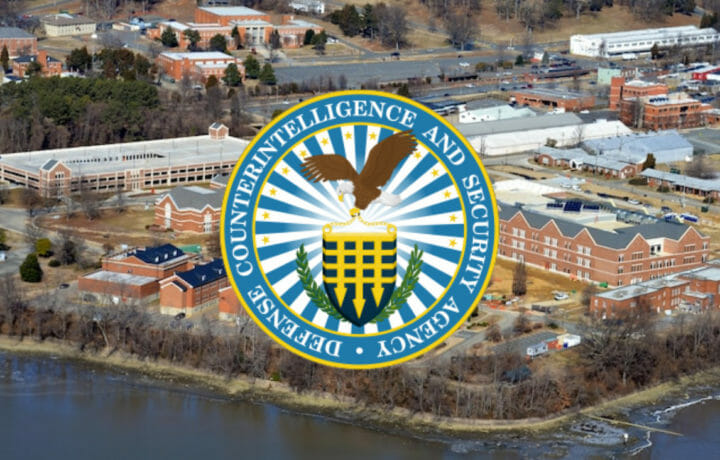The Capitol Hill riots of January 6 have caused many to question why veterans and some security clearance holders found themselves among those participating. Many have called for reforms to the security clearance process, including updating the SF-86, or changing the adjudicative criteria to make sure domestic terrorism is addressed.
In a webinar sponsored by the Intelligence and National Security Alliance, Director of the Defense Counterintelligence and Security Agency William Lietzau noted that while QAnon or domestic terrorism might not be terms you see listed on the SF-86, that doesn’t mean the current security clearance process is unequipped to root out extremists and criminals.
“We don’t have a specific social media pull that looks for these kinds of things, but we’re looking for any criminal records, incident reports that would come from some kind of report hub,” said Lietzau. He also noted that those who committed crimes on January 6 have come to the attention of DCSA, “It has worked; we have taken appropriate action.”
While changes aren’t required, that doesn’t mean there aren’t opportunities for improvement on the current SF-86.
“Does it need to be changed? No. Should it be changed: We’re not the policy makers, but we absolutely inform the policy,” Lietzau said. “And yes, in fact, there should be changes to the questions we ask, and the team is looking at that right now.”
Security clearance policy is born through executive order and implemented through the role of the security executive agent, the Director of National Intelligence. The Office of Personnel Management is the suitability executive agent – and DCSA has the role of helping to inform and implement the policy. DCSA is participating in conversations around changes to the SF-86, but any updates will come through the DNI.
Trusted Workforce 2.0
The guiding framework for current changes is Trusted Workforce 2.0, which primarily consists of enrolling security clearance holders into a continuous vetting program. While nearly 2.5 million current security clearance holders have been enrolled into the program, the CV program we see today is just a shadow of what we’ll see in the future. Today’s capability a Trusted Workforce 1.25, a program which has helped the government reduce the immediate need for standard reinvestigations, but is not the fully-functional, technology-integrated vetting program that will continue into the future.
That program hinges on the continued rollout of the National Background Investigation System, the IT framework that will someday replace both OPM’s legacy IT system that was hacked by China, and the new security clearance system of record, the Defense Information System for Security (DISS). Lietzau noted he inherited the OPM legacy system in October, and “we’re holding that one together with band-aids” as they look to replace it with NBIS.
Today’s continuous vetting program doesn’t include social media review of security clearance applicants, which some critics have proposed is a critical part of ensuring extremists are prevented from obtaining security clearances in the future. Lietzau said the government currently has the authorities to conduct social media monitoring or review of cleared applicants (thanks to Security Executive Agent Directive 5), but what it lacks is the clean capability and ability to scale. Identity verification is just one of the issues that comes up in pulling social media into the investigation process, but that doesn’t mean it can’t become a component due to investigator interviews or new reporting criteria.
DCSA 2.0
With just over a year as an organization and just under a year for the new director, DCSA is already transitioning out of the beta stage as a brand-new organization and into full transition and improvement. “This is a lot more complex than the medieval gatekeeper,” said Lietzau. Today DoD is dealing with a supply chain that’s built overseas but not necessarily a part of a classified program, but may someday end up there. The threat picture is huge, and DCSA has had to “keep the airplane flying while we turn it into a jet,” Lietzau noted.
But as the agency’s new director, Lietzau notes there is no mission he would rather be in, or place he’d rather be.
“There’s a direct impact on national security on a daily basis,” said Lietzau. “We’re not just collecting intelligence for a future conflict. We’re in that conflict every day as we seek to keep our defense industrial base safe.”




